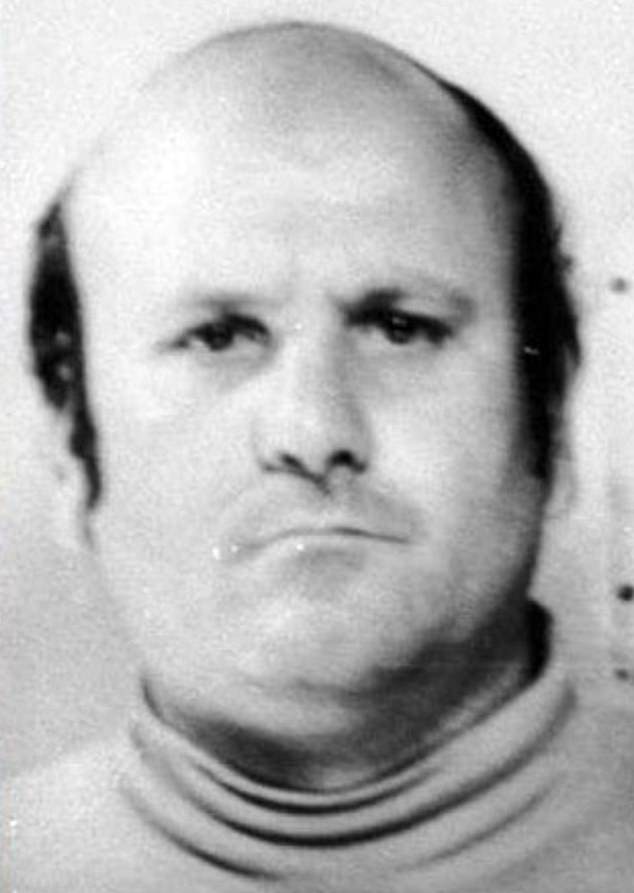The families of those brutally massacred by the Sicilian mafia fear that more than 20 mafia bosses released in the last three months could now unleash a new wave of violence in their neighborhoods.
Nine bosses linked to infamous Sicilian mafia boss Matteo Messina Denaro were released in October on license or for good behavior by the Palermo appeals court.
Among those released is Raffaele Galatolo, 74, a mafia boss from the Acquasanta neighborhood of Palermo, after a court called him a “model detainee” and released him for good behavior.
Galatolo and his late brother Vincenzo were the masters behind the so-called “death chamber”, a room where mafia victims would be strangled under the orders of then Sicilian mafia boss Salvatore ‘Toto’ Riina.
Giuseppe Corona, who had been detained awaiting trial since 2018, was also released in October after serving the maximum period allowed before his trial.
Salvatore Borsellino, whose brother Paolo, an anti-mafia judge, was murdered by Cosa Nostra in 1992, told The Guardian: “The release from prison of mafiosi who have always refused to collaborate with justice is always extremely dangerous.”
“It is a fatal blow for the fight against the mafia.”
Borsellino’s comments come as Palermo’s chief prosecutor, Maurizio de Lucia, recently issued a call to keep the focus on the crackdown on the mafia.
Raffaele Galatolo, 74, a mafia boss from Palermo’s Acquasanta neighborhood, was released in October for good behavior.
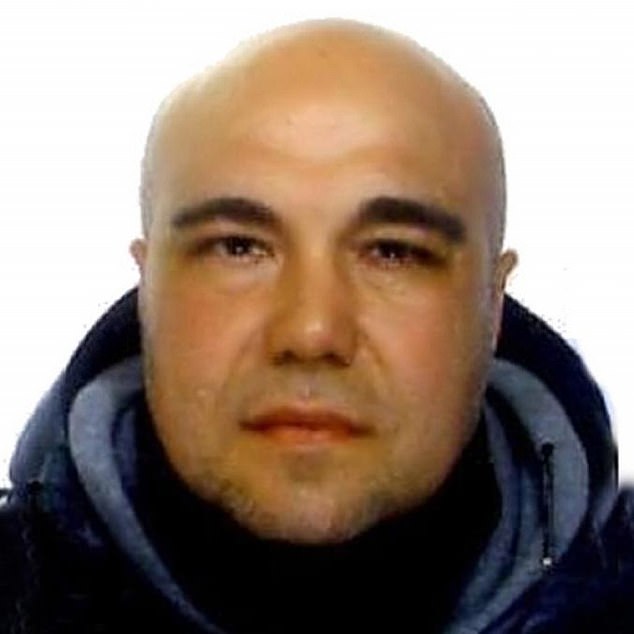
Giuseppe Corona, who had been detained awaiting trial since 2018, was also released in October after serving the maximum period allowed before his trial.
Nino Morana Agostino, whose police officer uncle Nino Agostino was shot dead in 1989 along with his pregnant wife Ida, told Italian newspaper la Repubblica: “We cannot afford to let our guard down in the fight against the mafia or underestimate it.
‘Mafiosi who had been sentenced to life in prison and are now returning to freedom on parole still keep big secrets about unsolved mafia murders that they have refused to confess to.
“That’s why his release sends a bad signal.”
The concerns of prosecutors and family members stem from the fact that several mob bosses who have recently been released have refused to cooperate with authorities in the past.
Meanwhile, the police fear that the Cosa Nostra mafia, in decline for several years, could return.
Cosa Nostra, the real-life Sicilian crime syndicate depicted in the Godfather films, is made up of a coalition of criminal organizations, called “families” or “clans.”
They are dedicated to extortion, smuggling, gambling and mediating disagreements between other criminals.
One of its most infamous and ruthless mafia bosses, Matteo Messina Denaro, died of colon cancer last year, at the age of 61, just eight months after being captured by police after spending 30 years on the run.
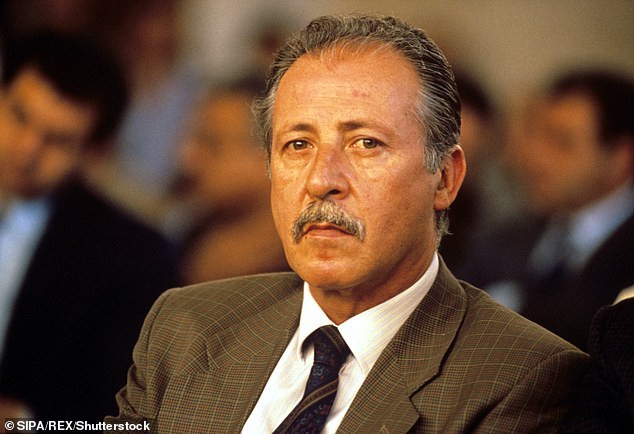
Judge Paolo Borsellino was murdered by the Sicilian mafia in a car bomb on Via D’Amelio, Palermo, Italy, in 1992. His brother Salvatore has expressed concern about the release of 20 mafia bosses.
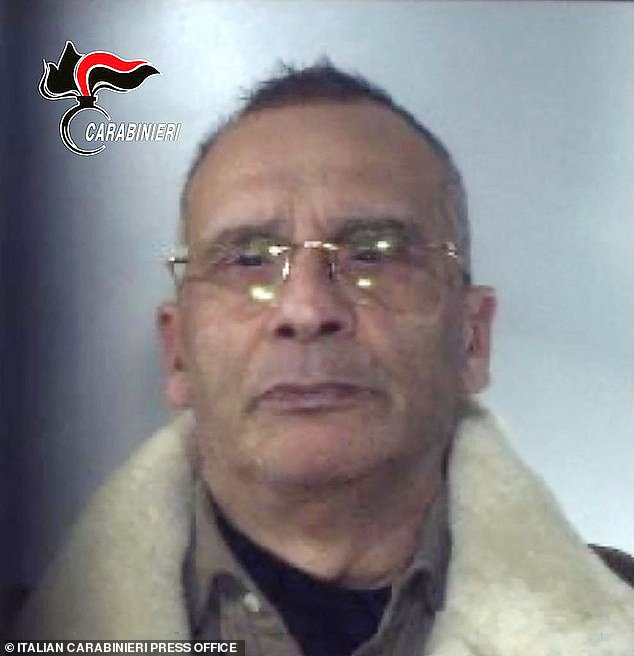
Matteo Messina Denaro of the Cosa Nostra mafia was one of the most ruthless and infamous mafia bosses. Several of the freed gangsters had ties to Denaro, who died of colon cancer last year.
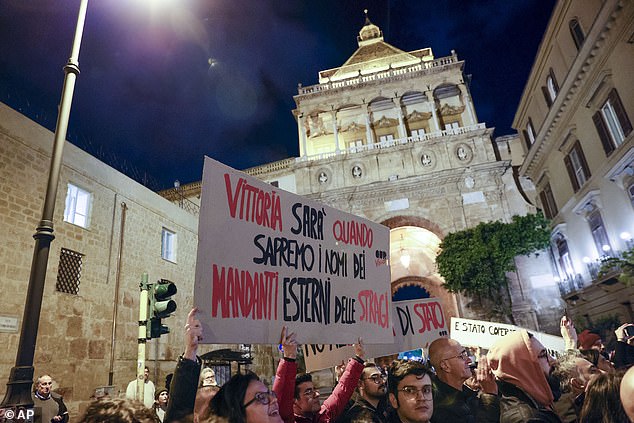
Anti-mafia protesters gather in Palermo in 2023 after mafia boss Matteo Messina Denaro was arrested after being on the run for 30 years.
Denaro, dubbed the “last godfather” of Cosa Nostra, spent 30 years on the run for murdering 50 people, including a child dissolved in acid.
He once boasted that he could fill a cemetery with the people he had killed.
The mobster had been forced into hiding after ordering a series of deadly attacks, including the murders of anti-mafia prosecutors Giovanni Falcone and Borsellino, as well as a series of car bombs in Florence, Milan and Rome that left 10 dead and 93 injured in 1993.
And children were not prohibited for Messina Denaro.
That same year, ‘El Diablo’ helped organize the kidnapping of a 12-year-old boy, Giuseppe Di Matteo, in an attempt to dissuade his father from testifying against the mafia, prosecutors say.
The boy was held in captivity for two years before he was brutally strangled and his body dissolved in acid.


